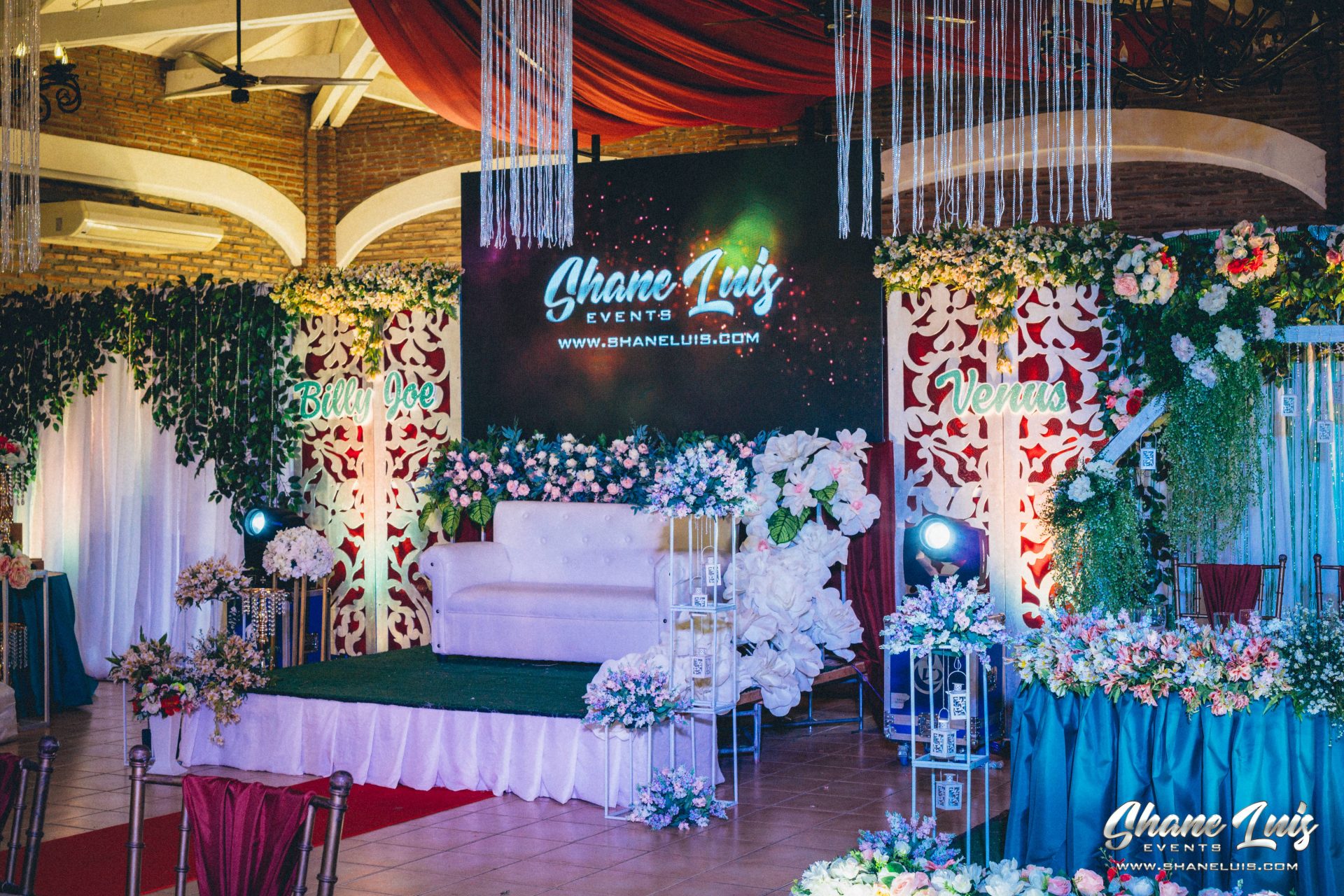Investigating the Key Elements That Influence Hue Uniformity in LED Panel Panels for Optimal Display Performance
Investigating the Key Elements That Influence Hue Uniformity in LED Panel Panels for Optimal Display Performance
Blog Article
Hue uniformity in LED wall panels is essential for attaining optimal visual output. light-emitting diode wall panels are widely used in various environments, including musical events, meetings, and advertising showcases. When the colors on these screens are uniform, they create a more engaging and immersive experience for audiences. Several key factors influence color consistency, including the caliber of the light-emitting diode elements, calibration processes, and surrounding conditions.
The caliber of the light-emitting diode elements plays a major role in color consistency. Different types of LEDs produce light at different wavelengths, which can affect the overall hue result. Premium light-emitting diodes are engineered to generate a more consistent light range, leading in better color accuracy. Additionally, the production process of these LEDs can affect their performance. Panels made with superior materials and technology tend to have fewer color variations, guaranteeing that the shown pictures and footage look lively and faithful to reality.
Tuning is another essential factor in preserving hue consistency in light-emitting diode wall screens. Calibration involves modifying the configurations of the panel to ensure that the hues shown match the intended design. This procedure can include fine-tuning luminosity, contrast, and hue equilibrium. Regular calibration is essential, especially in settings where lighting conditions vary often. By calibrating the panels, specialists can fix any discrepancies in color result, resulting to a more uniform led panel color accuracy benchmarks viewing experience.
Surrounding factors also affect color uniformity in light-emitting diode wall panels. Factors such as ambient light, heat, and moisture can influence how hues are seen. For instance, intense ambient light can wash out colors, making them look more lively. Similarly, extreme temperatures can affect the functionality of the light-emitting diodes, leading to color changes. To reduce these problems, it is crucial to place LED wall panels in controlled settings where illumination and heat can be controlled effectively.
Finally, the design and layout of the light-emitting diode wall screens can affect color uniformity. The arrangement of the panels, as well as the spacing from which they are observed, can create differences in hue perception. When panels are placed too far apart or at different positions, audiences may detect discrepancies in hue. To achieve the best visual performance, it is crucial to take into account the positioning and arrangement of the screens during installation. By addressing these factors, users can ensure that their LED wall screens provide a uniform and superior optical experience.